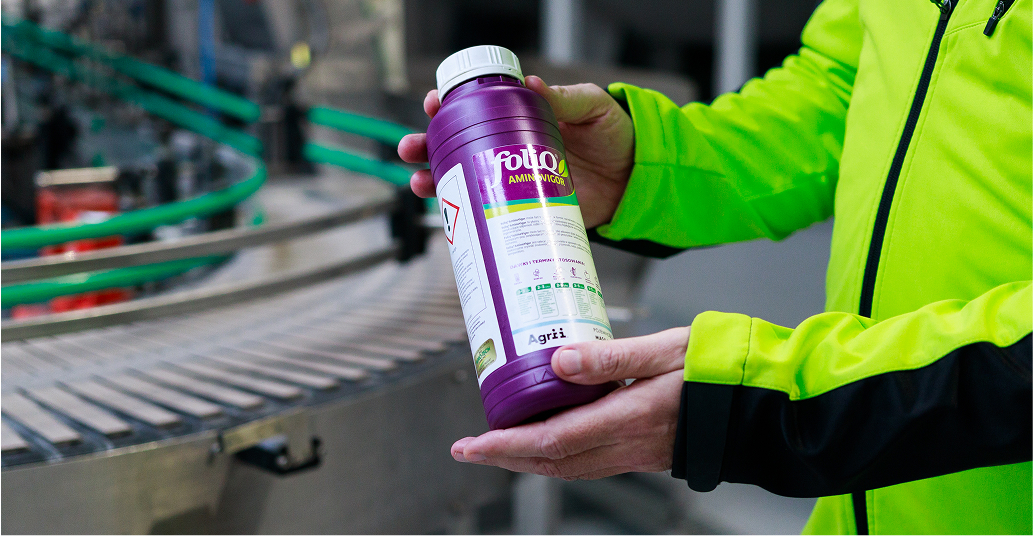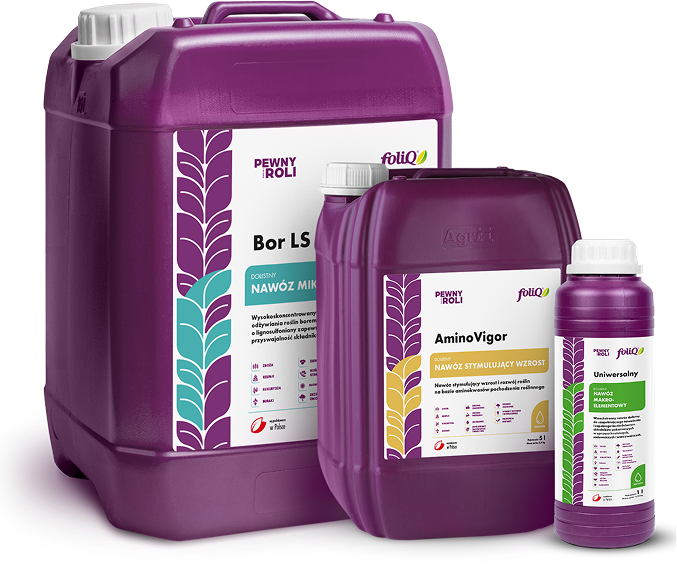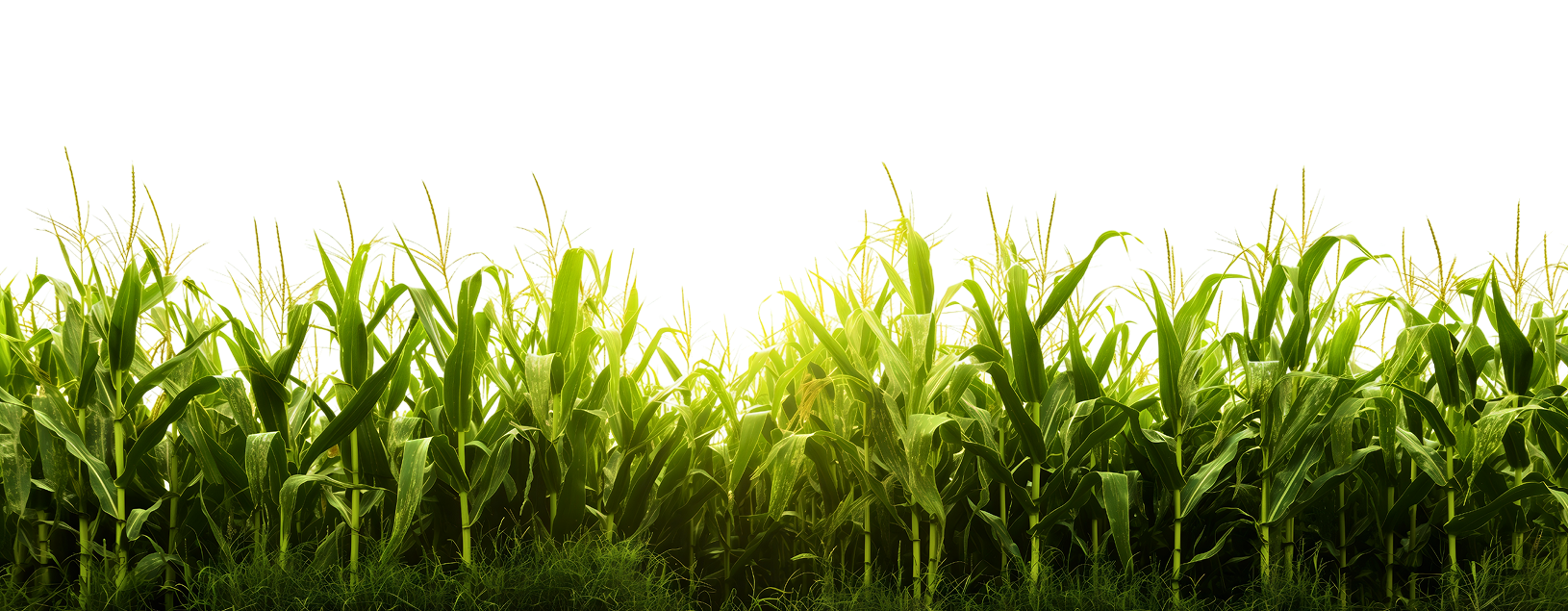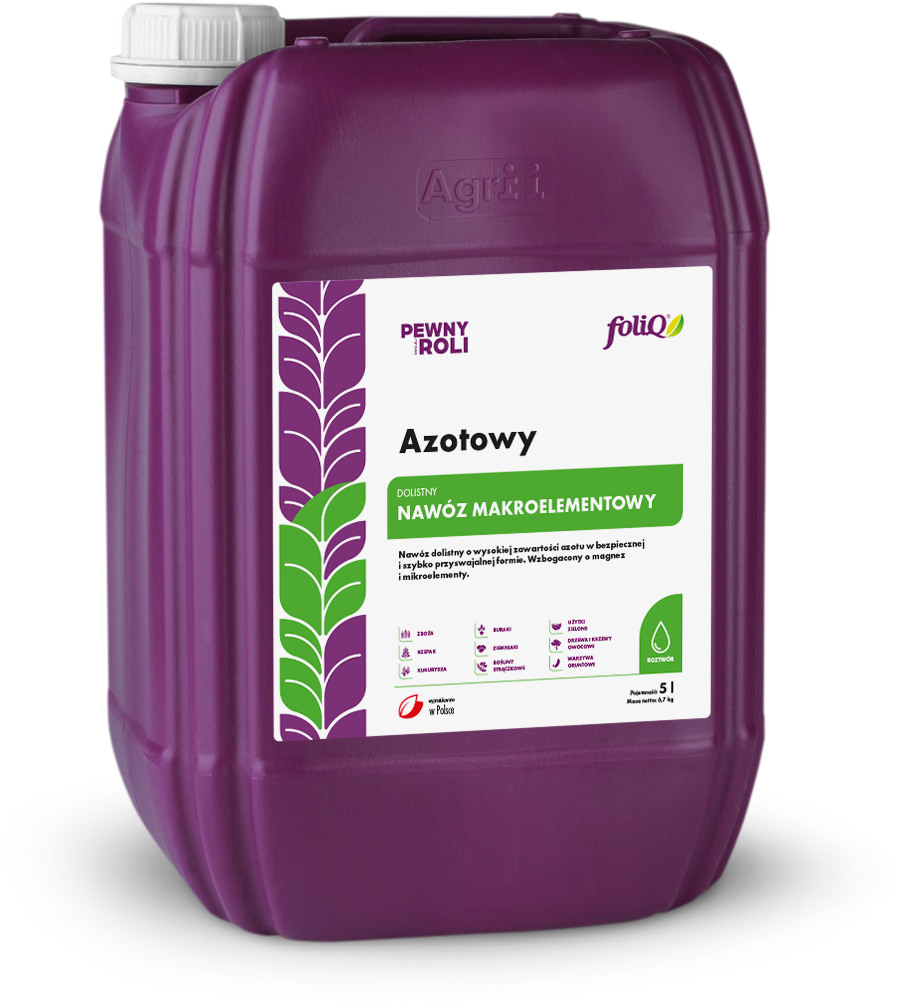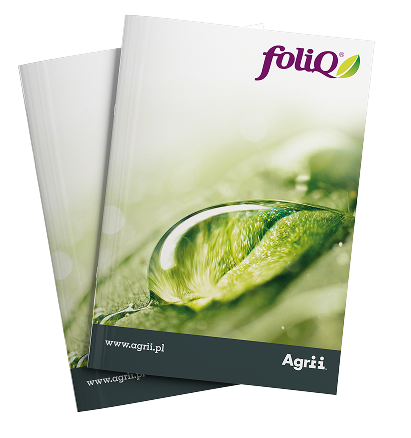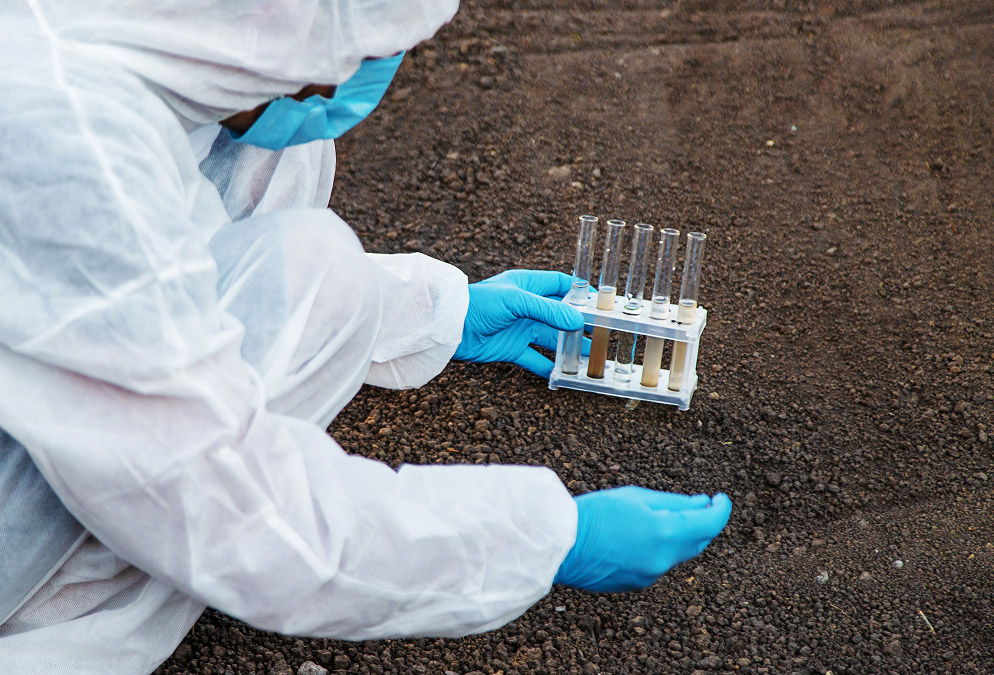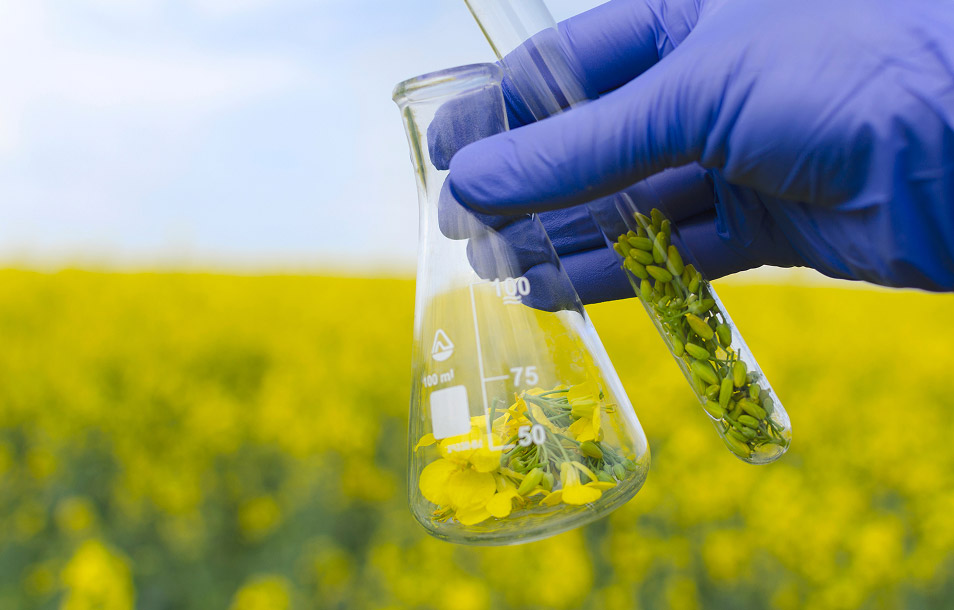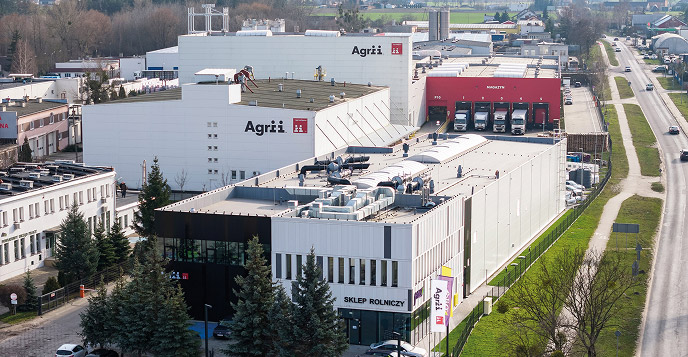-
Nawozy dolistne foliQ® Produkowane z certyfikowanych surowców i czystej wody, przy użyciu nowoczesnych technologii.
Zapytaj doradcę Sprawdź produkty



Poznaj bogaty katalog nawozów dolistnych foliQ®
Nawożenie dolistne to inwestycja w zdrowie i wydajność, niezależnie od rodzaju uprawy. Dzięki takim rozwiązaniom, jak nawozy foliQ®, można precyzyjnie dostarczać roślinom niezbędne składniki, poprawiając ich kondycję i zwiększając plony. To nowoczesna i skuteczna metoda, która pozwala sprostać wyzwaniom współczesnego rolnictwa.
- nawozy stymulujące wzrost
- nawozy makroelementowe
- nawozy mikroelementowe
- nawozy specjalistyczne
- biostymulatory
